Dados do Trabalho
Título
BLADDER STONES IN PATIENTS WITH NEUROGENIC LOWER URINARY TRACT DYSFUNCTION: LONG-TERM FOLLOW-UP AND COMPARISON OF TREATMENTS
Introdução e Objetivo
The risk of bladder stones (BS) is increased in patients with neurogenic lower urinary tract dysfunction (NLUTD) due to urinary stasis, incomplete bladder emptying, recurrent urinary tract infections (UTI) and use of urethral catheters. Although BS are common in patients with NLUTD, few studies have focused on the surgical treatment of this condition. We aim to evaluate the clinical and perioperative characteristics of the treatment of BS and compare the results of open versus endoscopic treatment.
Método
We reviewed the records of all patients with NLUTD who underwent surgical treatment for BS in our institution from July 2012 to November 2022. A total of 73 patients including 53 (72.6%) men were included. We reviewed the etiology of neurological disease, severity of neurological impairment, clinical presentation, method of bladder management, stone burden, surgical techniques and postoperative outcomes and compared patients who underwent open cystolithotomy with those that underwent transurethral lithotripsy.
Resultados
The median patient age was 37 years (15-83), and the most common causes of NLUTD were spinal cord injury in 47 (64.4%) patients, followed by non-traumatic spinal cord disease in 10 (13.5%). The median time from the start of neurologic disease to the diagnosis of BS was 6 years (4.0-11.9). Fifty-four (73.9%) patients performed clean intermittent catheterization, 9 (12.3%) had an indwelling urethral catheter and 5 (6.8%) had a suprapubic tube. Nine (12.3%) patients had undergone augmentation cystoplasty. Presenting symptoms of BS were UTI (64.9%), pelvic pain (28.4%) and hematuria (6.84%). Regarding surgical technique, 38 (52%) patients underwent open cystolithotomy, 32 (43.8%) transurethral surgeries, and 3 (4.2%) had percutaneous stone removal. Compared to those who underwent open surgery, patients who were treated transurethrally had smaller stone burden (20 mm [15.8-26.2] vs. 30 mm [28.7-34.4]; p< 0.001) and a shorter operative time (65 minutes [40.0-97.5] vs 77.5 minutes [60.3-93.8]; p=0.048). Postoperative complications occurred in 4 cases: 2 lobar pneumonia and 2 surgical wound infections. The immediate and six months stone-free rate was 100%.
Conclusão
Both open and transurethral cystolithotripsy are highly effective and associated with few complications in patients with NLUTD. Factors as stone burden, availability of proper endoscopic equipment and history of bladder surgeries such as augmentation cystoplasty affect the choice of surgical technique.
Área
Disfunções Miccionais: IU / Urologia Feminina / Uroneurologia / Urodinâmica
Instituições
HOSPITAL DAS CLÍNICAS DA FACULDADE DE MEDICINA DA USP - São Paulo - Brasil
Autores
CAIO VINICIUS SUARTZ, GUSTAVO GUERREIRO FILIPPIN CHAVES, MATHEUS FAGUNDES DE AZEVEDO, LEOPOLDO ALVES RIBEIRO-FILHO, VICKTOR BRUNO PEREIRA PINTO, WEVERTON APARECIDO SOUSA PEREIRA, HOMERO BRUSCHINI, WILLIAN CARLOS NAHAS, CRISTIANO MENDES GOMES
